When you’re planning a residential project—whether it’s a kitchen remodel, a new bathroom, or outdoor landscaping—the materials you choose will make all the difference. Granite and marble are two of the most popular options for both interior designers, architects, and homebuilders. Each stone bringing its own strengths, durability and visual appeal. But how do you decide which stone is the best fit for your next residential projects?
This guide will help you break down the key differences between granite and marble, offering insights into their composition, durability, and best uses. Whether you’re looking for countertops, flooring, wall cladding, or other elements in your home, knowing the strengths of each stone will help you make the best decision.
What Is Granite? What Is Marble?
At the most basic level, granite and marble are both natural stones that are quarried from the earth. However, they are formed in very different ways, which gives them unique characteristics that are suitable for different applications especially in residential projects.
let us know the way that formed these unique stones Granite and Marble:
Granite
Granite is an firey rock formed by the slow cooling and crystallization of molten magma beneath the earth’s surface. The minerals in granite—mainly quartz, feldspar, and mica—give it a desirable appearance with tiny crystals visible to the naked eye. The large variety of minerals creates the spotted look granite is famous for, and it’s also what gives it its impressive durability.
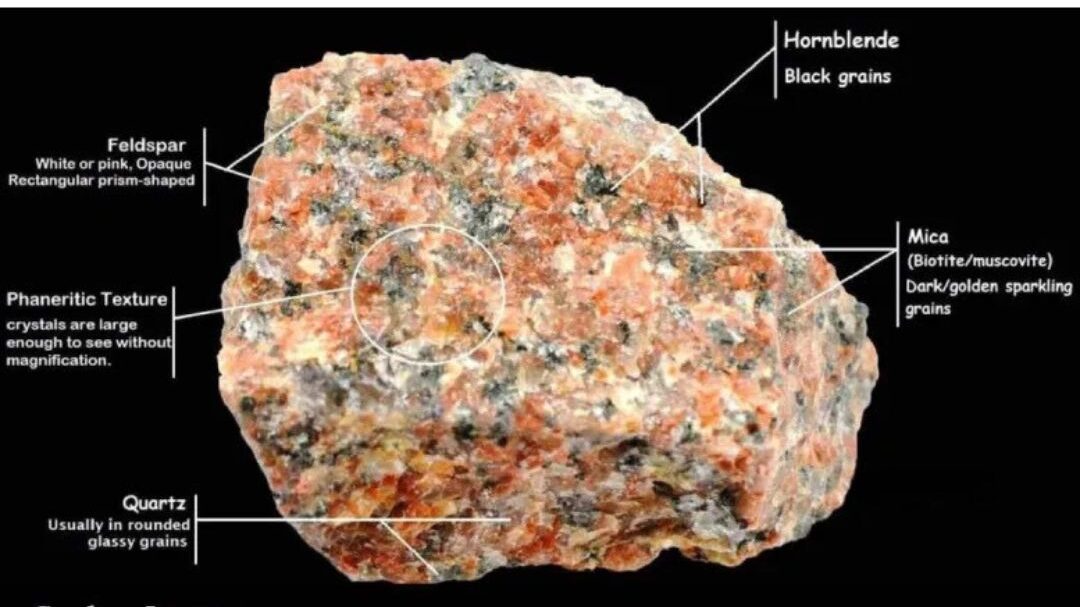
Marble
Marble, on the other hand, is a metamorphic rock that forms when limestone is exposed to high heat and pressure deep within the earth. This causes the minerals in the limestone to recrystallize and form a denser, more durable rock. The result is a smoother, veined surface with swirls and streaks that make marble the best stone used for interior applications.
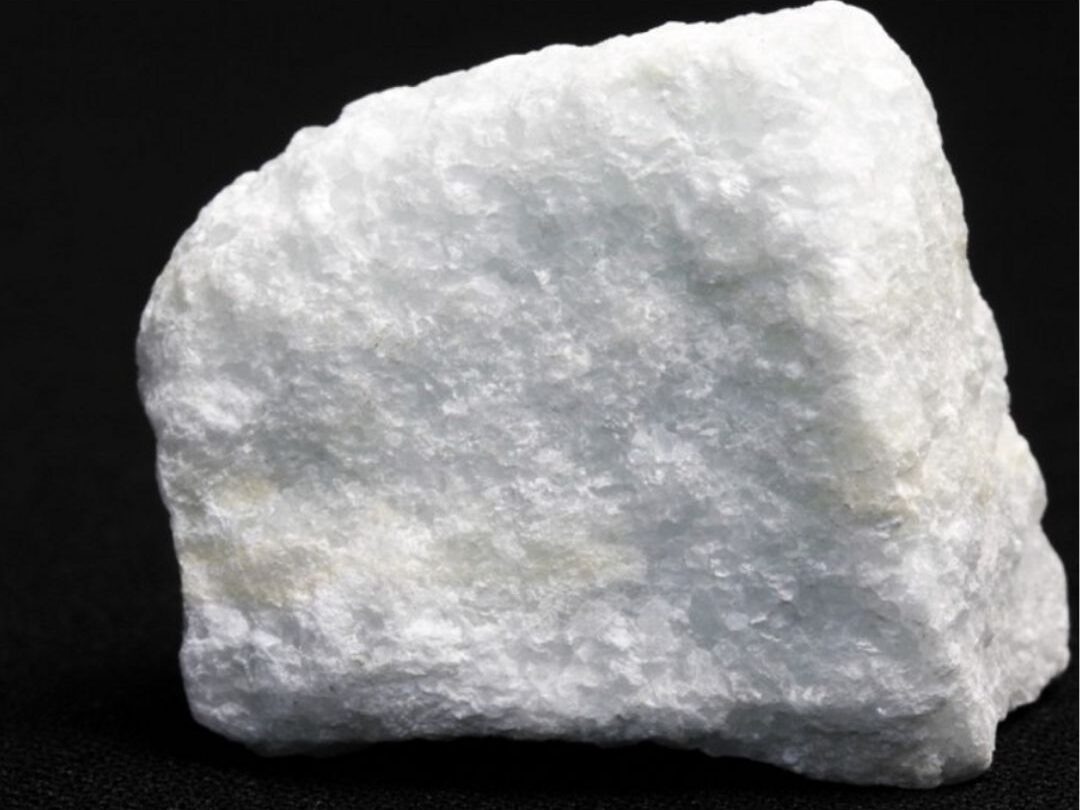
The Aesthetic Appeal: Which Stone Looks Better in Residential Projects?
A major factor when choosing between granite and marble is their appearance, which sets the tone for your entire home or any residential project. Both stones (Granite & Marble) offer a unique natural beauty, but they have distinct differences in veining, color variations, and texture. Granite typically has a more speckled appearance, while marble showcases bold, elegant veining. Depending on whether you’re aiming for a more natural, rustic look or a refined, classic aesthetic, your choice of stone can dramatically influence the overall design and atmosphere of your space.
- Granite’s Appeal: Granite’s appeal lies in its desirable texture and variety of its colors. It typically has a more “spotted” appearance with small flecks of various minerals that create its complicated patterns. The arrangement of its available colors, ranging from light beige to deep black and even green or blue, makes it a versatile option for any design style.
- Marble’s Appeal: Marble is most known for its unmatched classic veining. Each piece of marble has its own unique vein patterns, which give the stone its signature elegance and luxurious appearance. Colors of marble can range from the more traditional white with gray veining (like the famous Carrara marble) to darker tones like beige, green, brown, or even pink, making it ideal for creating stunning visual focal points in residential spaces.
Durability: Which Stone Will Last Longer?
Durability is another key consideration when choosing between granite and marble for your residential projects. Since different areas of the home see different levels of traffic, it’s important to choose a material that can handle the daily wear and tear.
- Granite: Granite is one of the most durable natural stones available. Its hardness is second only to diamonds, which means it’s highly resistant to scratches and can withstand heat. This makes granite countertops ideal for kitchens, where hot pans or sharp knives can come into contact with the surface. Additionally, granite’s resistance to moisture makes it a good choice for outdoor applications, like patios, walkways, and outdoor kitchen countertops.
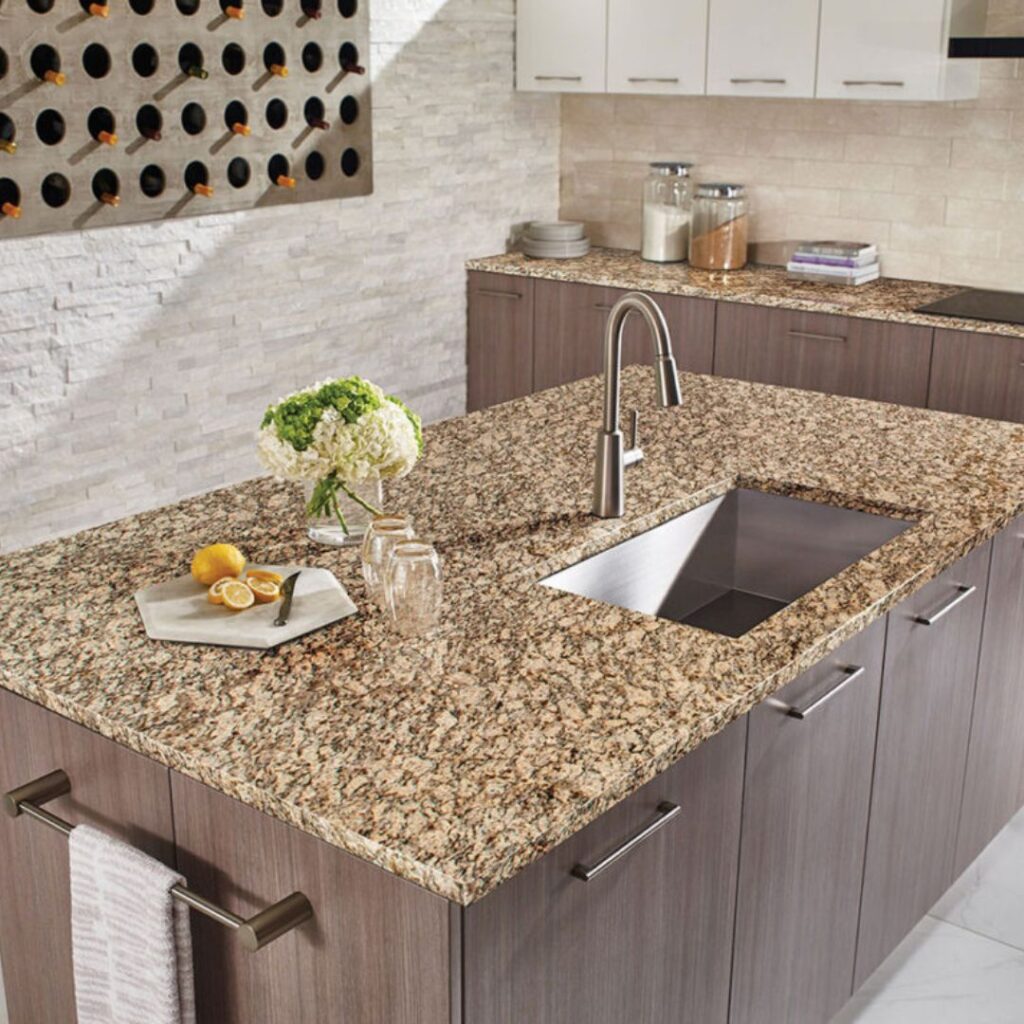
- Marble: While marble is still durable, it’s not as tough as granite. Marble is more prone to scratching, etching, and staining, particularly if exposed to acidic substances like lemon juice or vinegar. For this reason, marble countertops may not be ideal for busy kitchens, but marble is still a great choice for bathrooms, fireplaces, or lower-traffic areas where elegance is the primary concern.
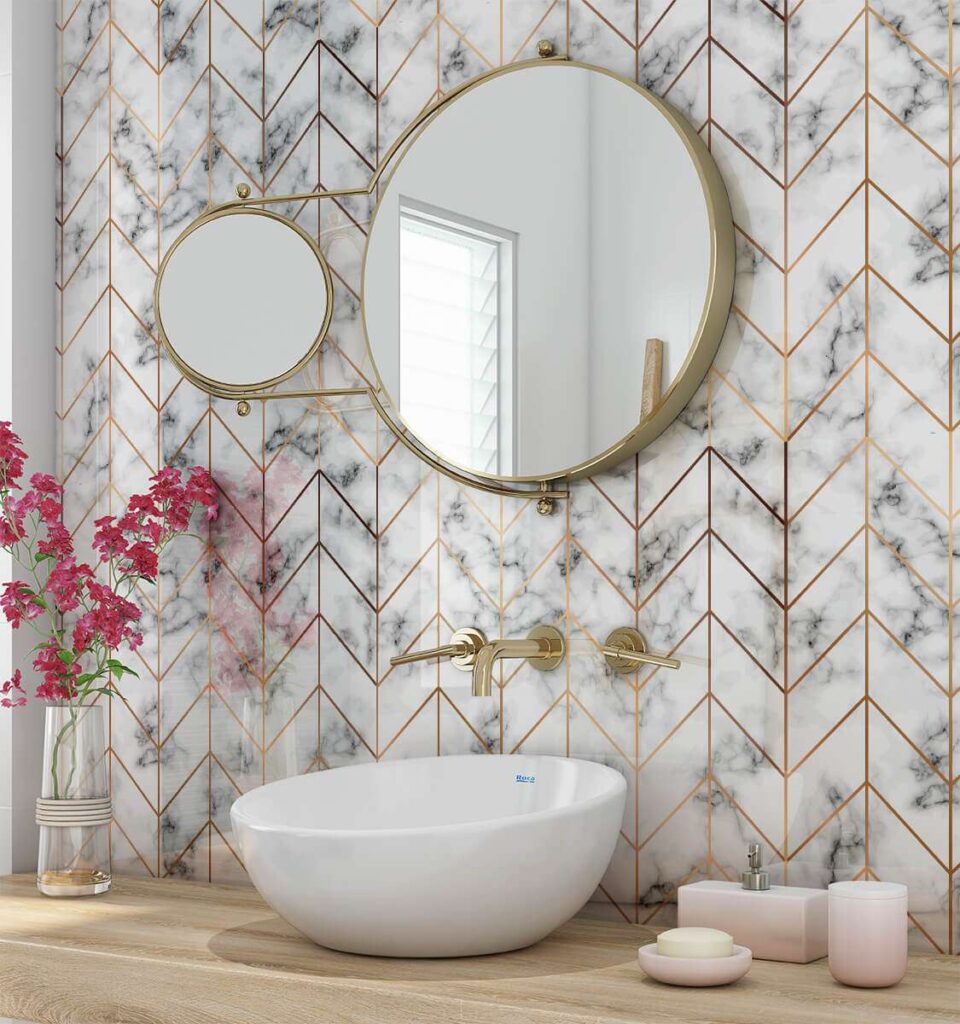
Maintenance: Keeping Granite and Marble Looking Pristine
Maintaining natural stone is essential to ensure that it keeps its beauty over the years. Both granite and marble require some level of care, but they differ in how much attention they need. Let’s know how!
- Granite Maintenance: Granite is relatively low-maintenance. It needs to be sealed once a year to protect against staining, but otherwise, it can be cleaned with soap and water. Because of its toughness, it’s resistant to most common household chemicals, which makes it easier to clean and care for in busy households. Overall, granite is a practical choice for homeowners who want a beautiful, long-lasting material without too much fuss.
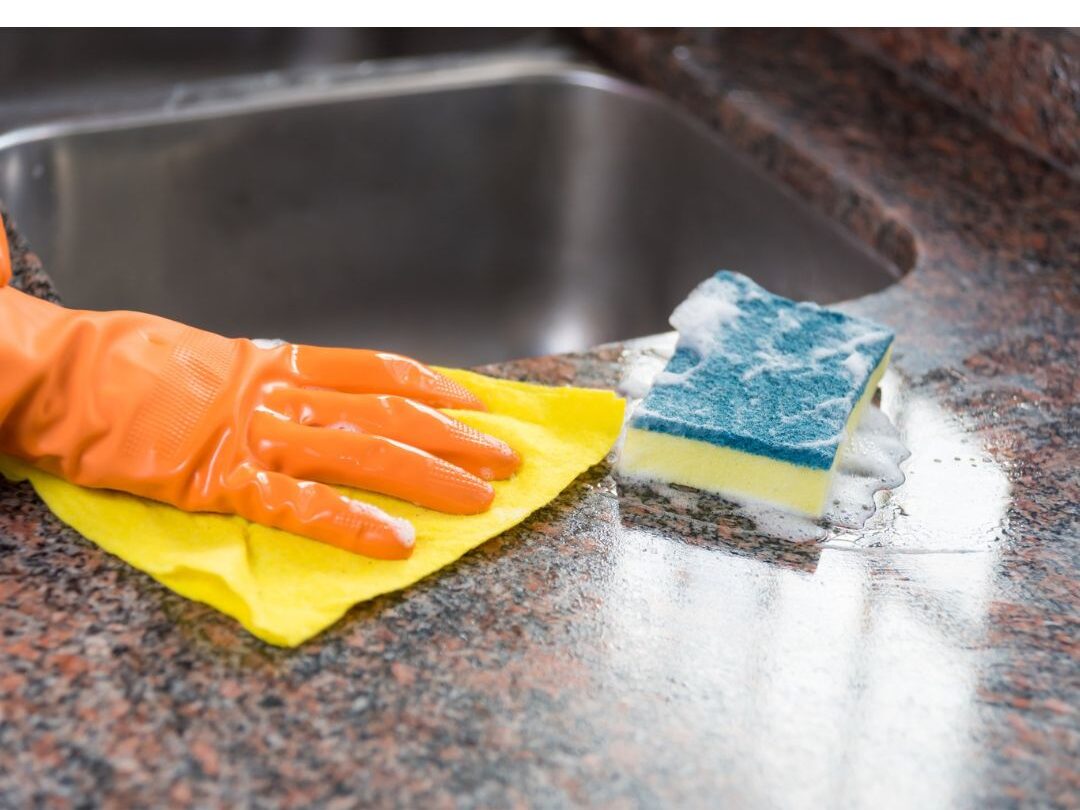
- Marble Maintenance: Marble is more porous than granite and requires more regular maintenance. You’ll need to seal marble more frequently—up to twice a year—to prevent stains from seeping into the stone. Marble is also more sensible to etching from acidic substances, so you’ll need to be careful about what comes into contact with it. Cleaning marble requires more delicate, pH-balanced products to avoid damaging the stone.
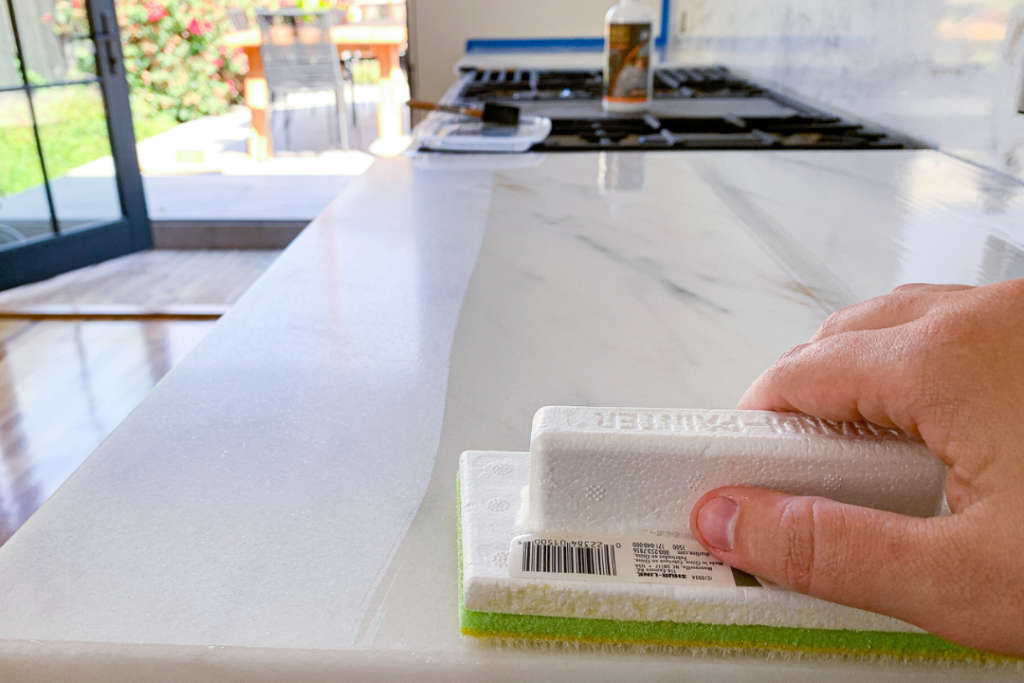
Best Uses in Residential Projects
Both granite and marble can be used in a variety of residential applications, but certain projects are better suited for one stone over the other.
Best Uses for Granite:
- Granite Countertops: Because of its heat resistance and scratch-proof nature, granite countertops are ideal for busy kitchens. It can also be used for bathroom vanities and outdoor countertops.
- Outdoor Applications: As Granite is resilience to weathering it makes it perfect for patios, walkways, and pool surrounds.
- Flooring in High-Traffic Areas: Granite’s toughness makes it an excellent choice for hallways, foyers, and other high-traffic areas in the home.
Best Uses for Marble:
- Marble Bathrooms: Marble’s classic beauty adds elegance to any bathroom. Marble flooring or marble countertops in bathrooms are common in luxury homes.
- Fireplace Surrounds: Marble works exceptionally well around fireplaces, adding a stunning focal point to living rooms.
- Statement Walls: The veining in marble makes it an ideal choice for feature walls or accent pieces that elevate the aesthetic appeal of a room.
Egyptian Stone: The Pinnacle of Quality for Residential Projects
When it comes to residential projects, few materials can match the reputation and quality of Egyptian stone. Both Egyptian granite and Egyptian marble are known for their superior beauty and durability, making them sought-after choices for interior and exterior applications.
Egyptian Granite:
Egyptian granite is prized for its rich history and impressive durability. Its desirable texture makes it an ideal choice for residential flooring, countertops, and outdoor spaces. The variety of colors and patterns available in Egyptian granite allows homeowners to choose a stone that perfectly complements their design vision.
Egyptian Marble:
Beside that Egyptian Marble is Known for its timeless beauty, Egyptian marble is also famous for its elegant veining and soft, luxurious feel. It’s often used in bathrooms, fireplace surrounds, and formal living areas to create a sophisticated, high-end look.
Cost Comparison: Granite vs. Marble
The price of granite and marble can vary depending on several factors, including the quality of the stone, the color, and the origin. Generally, granite is the more cost-effective option, particularly when considering long-term maintenance costs.
- Granite Cost: Granite tends to be more affordable than marble, with prices ranging from moderate to high. However, because it requires less frequent maintenance, it’s often considered a more budget-friendly option in the long run.
- Marble Cost: Marble is typically more expensive, especially high-end varieties like Galala Marble or Sinai Pearl Marble. In addition to the initial cost of the stone, you’ll also need to account for ongoing maintenance, which can make marble a pricier option overall.
Choosing the Right Stone for Your Residential Project
The decision between granite and marble ultimately depends on your needs and priorities for your residential project. Both stones offer unique benefits, but some key factors can help you make the best choice for your home.
- Choose Granite if you’re looking for a durable, low-maintenance material that can handle daily wear and tear, especially in high-traffic areas like kitchens, hallways, or outdoor spaces.
- Choose Marble if you want a luxurious, elegant look that adds a touch of sophistication to bathrooms, living rooms, or formal spaces with lower traffic.
Elevate Your Residential Projects with Granite or Marble
Whether you prefer to choose granite or marble, both materials offer timeless beauty and exceptional durability for your residential projects. Egyptian stone—whether granite or marble—is renowned for its quality and aesthetic appeal, making it a premier choice for homeowners, interior designers, and home builders alike.
With Shawkat Stone, you can access some of the finest Egyptian granite and Egyptian marble available, ensuring that your home reflects both beauty and resilience.
Resources:
